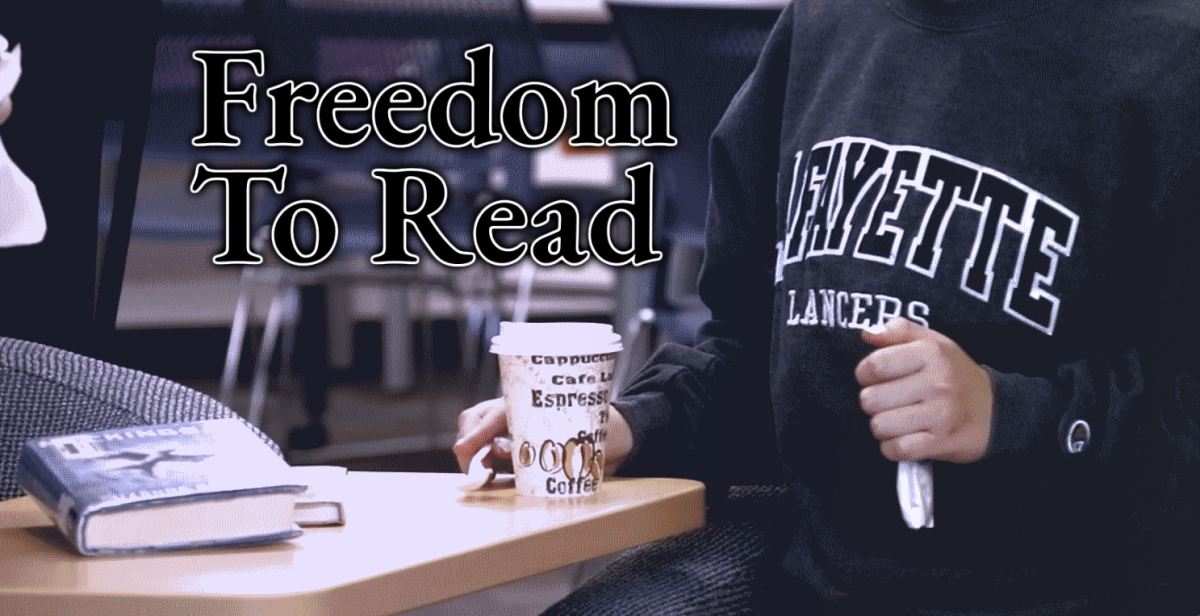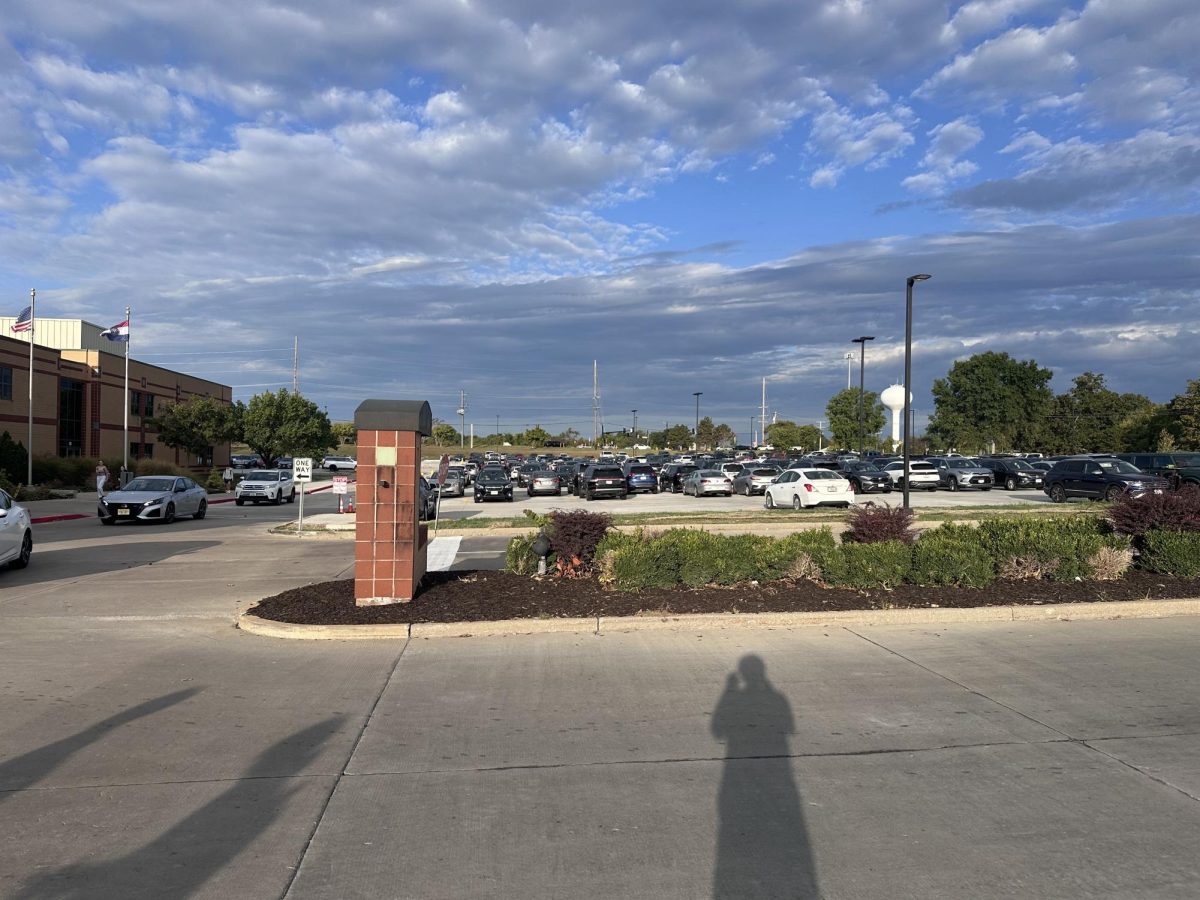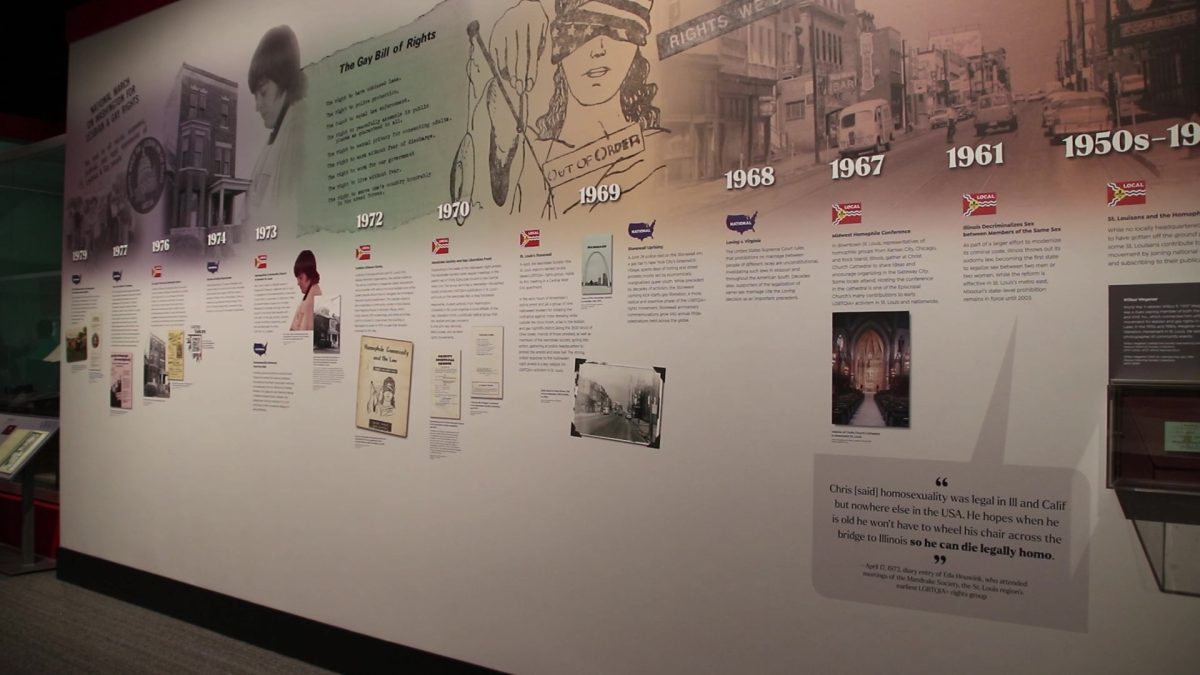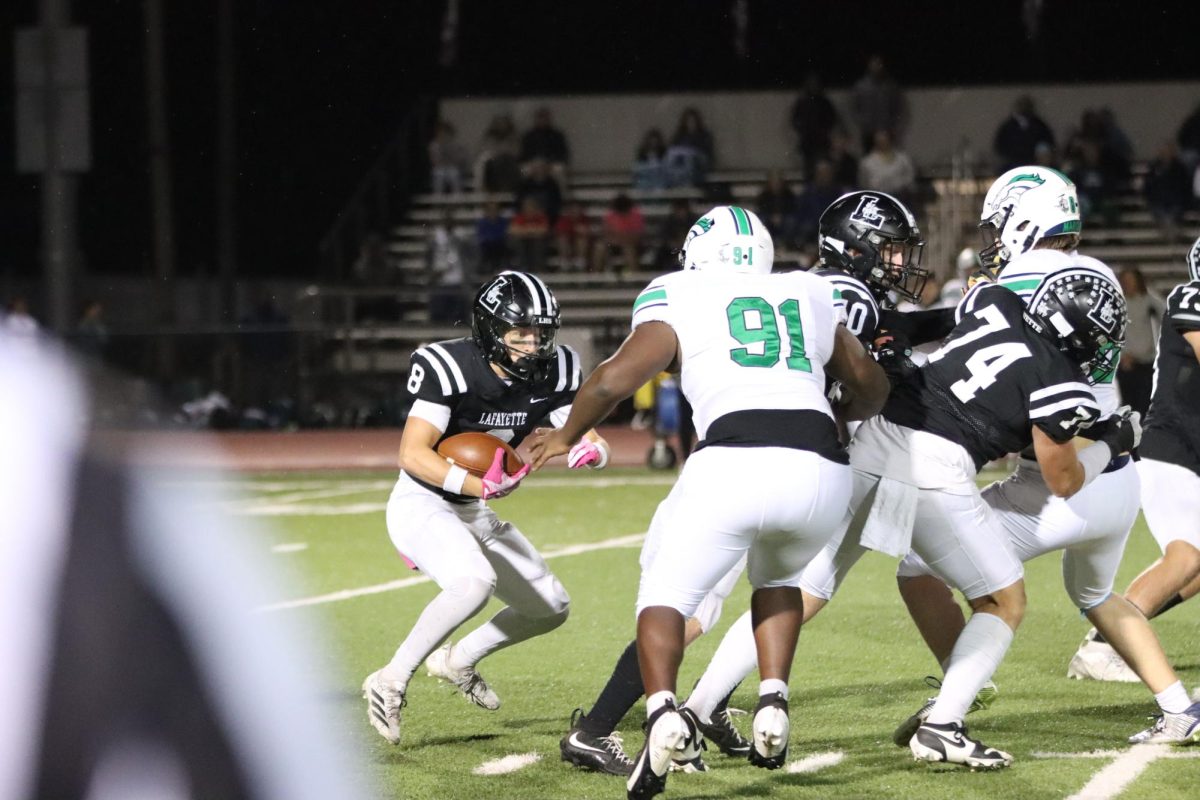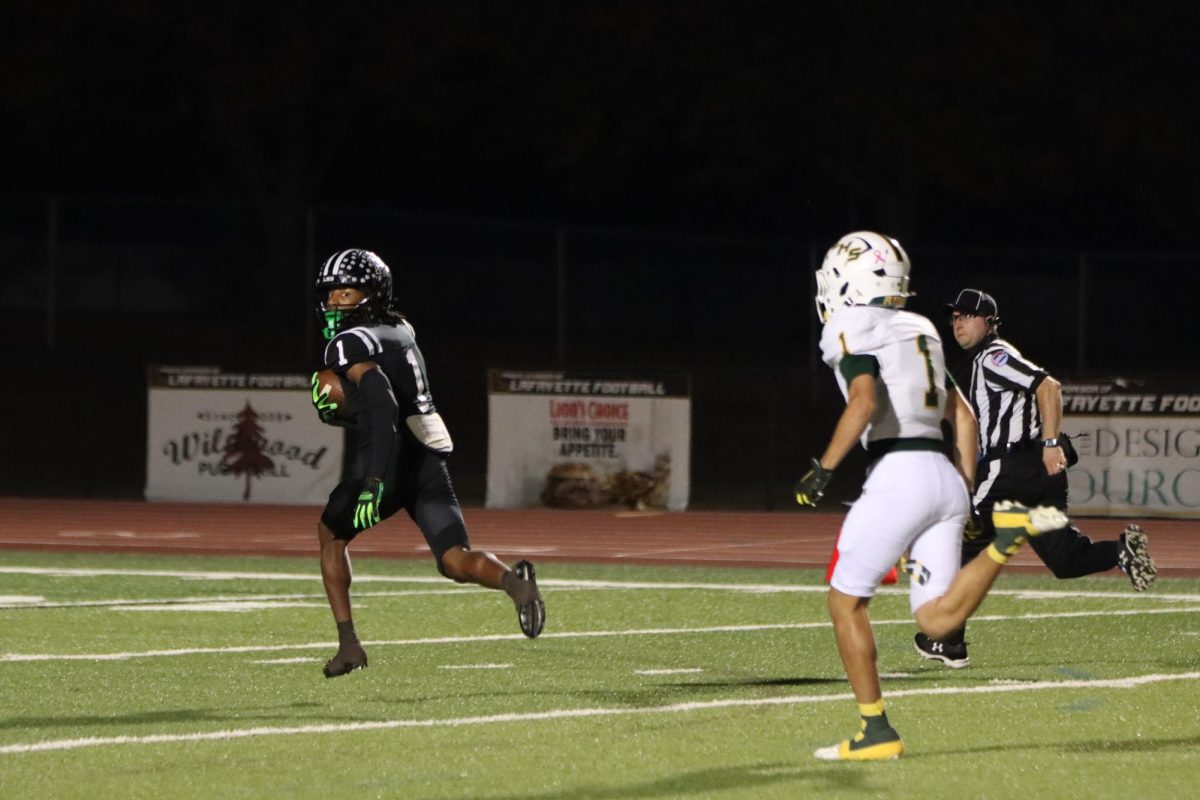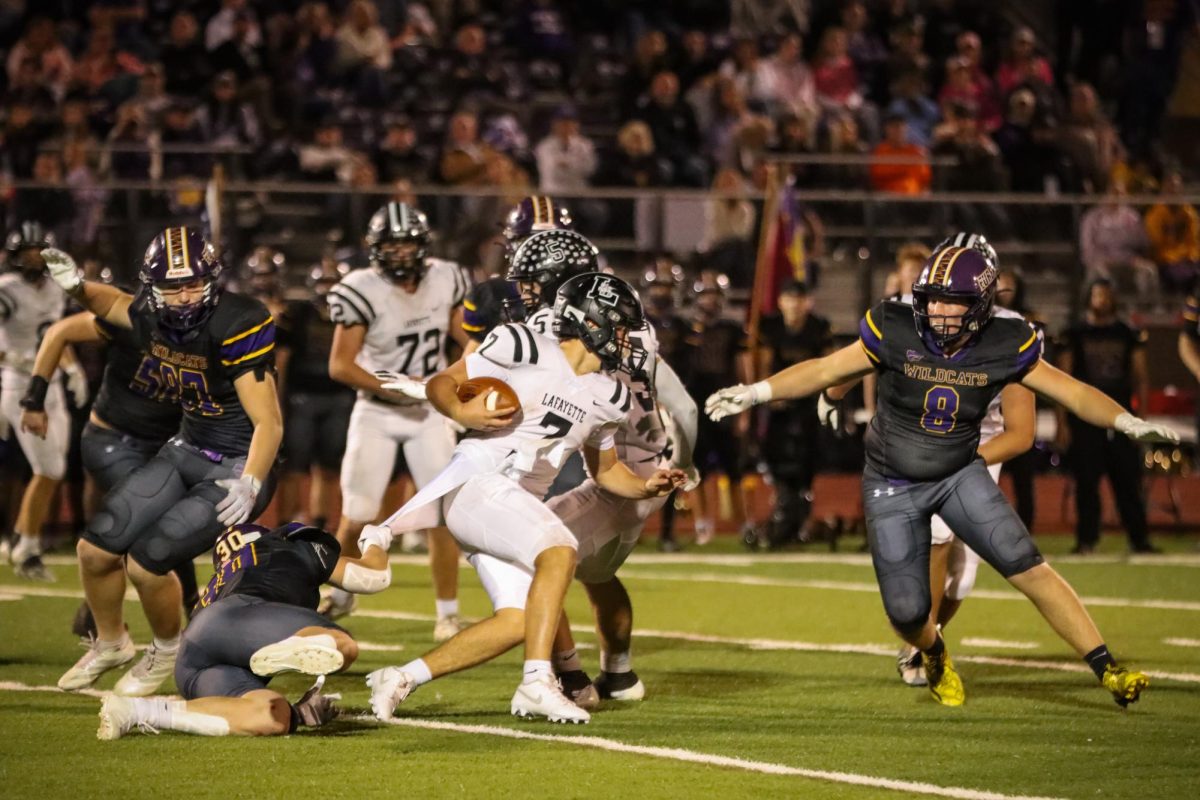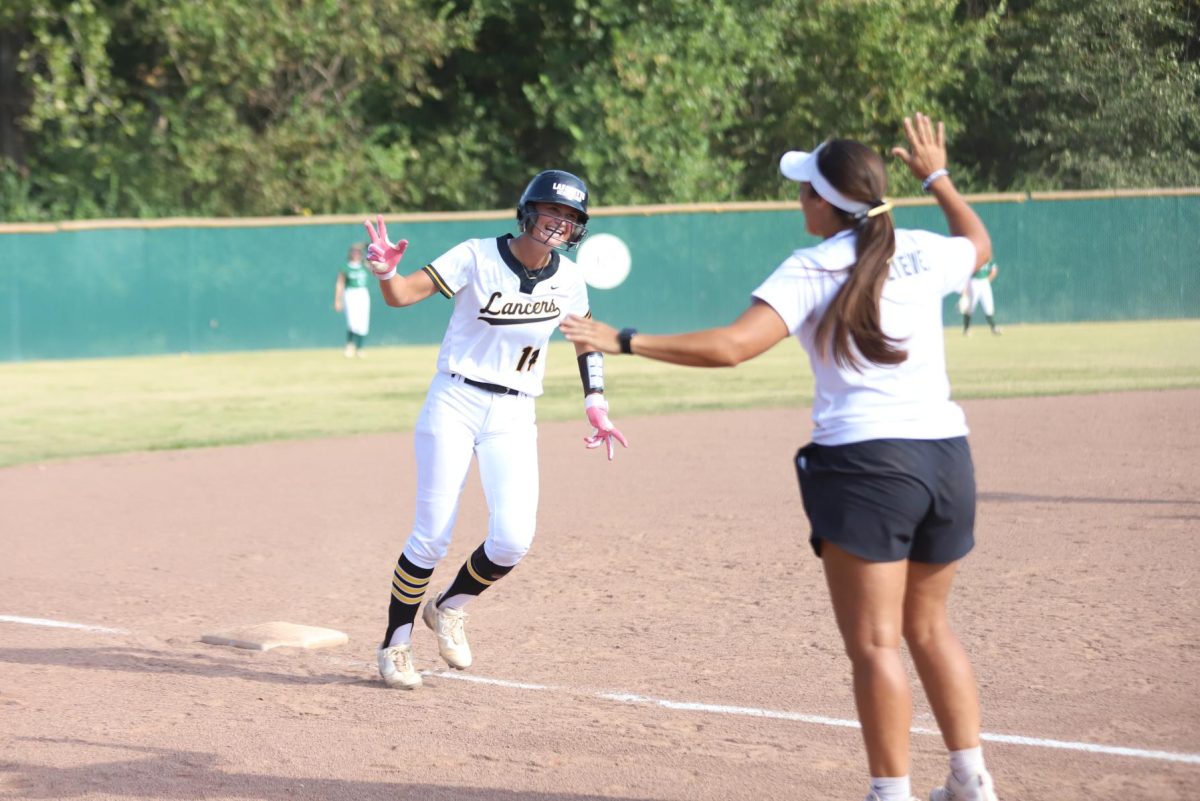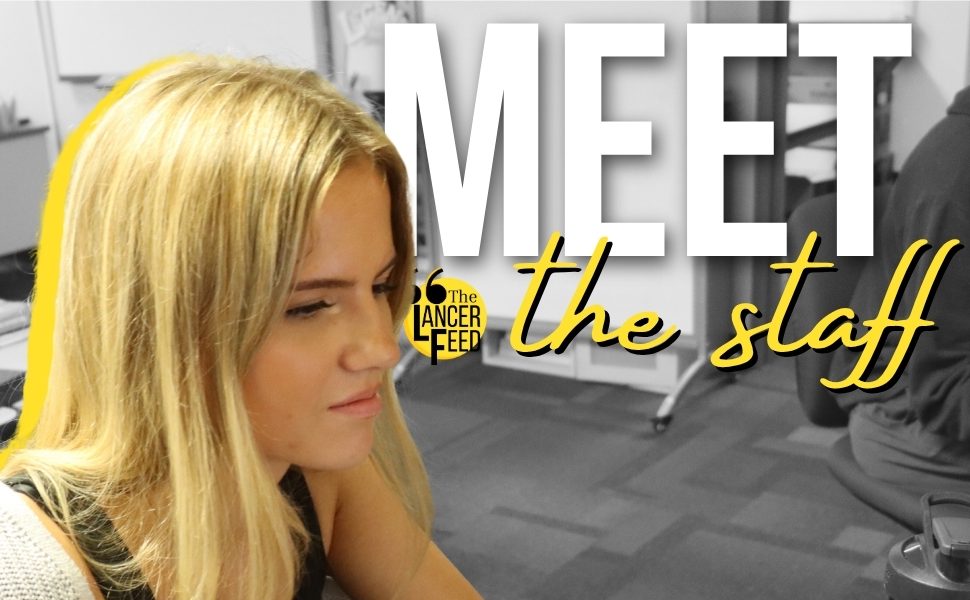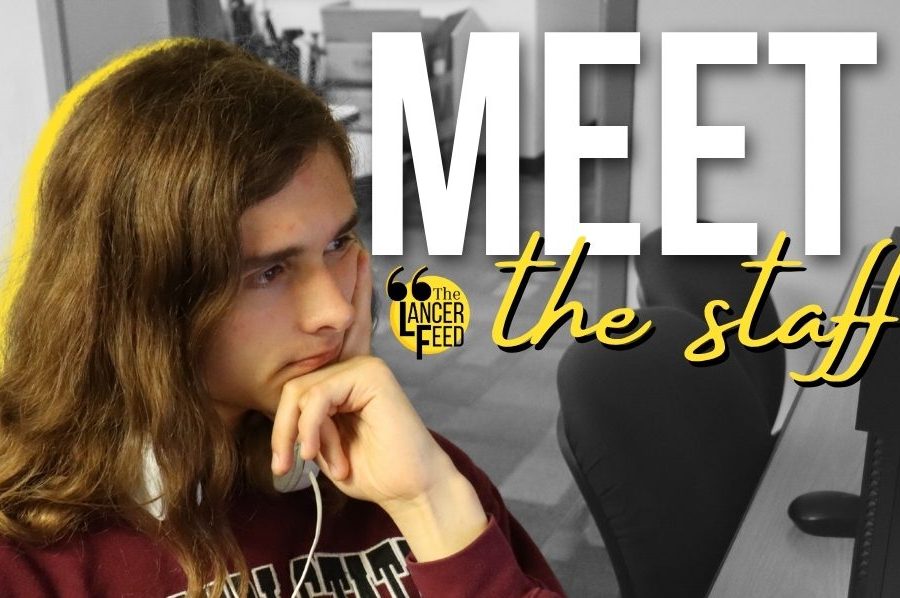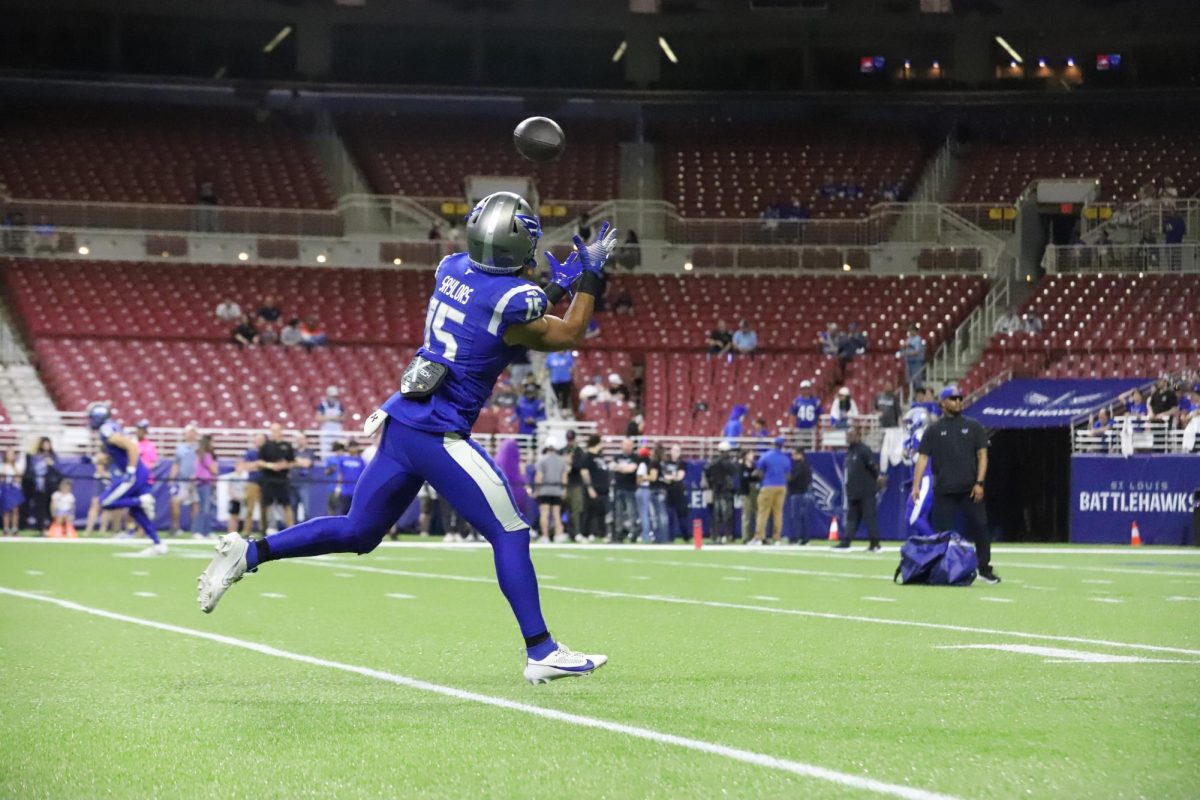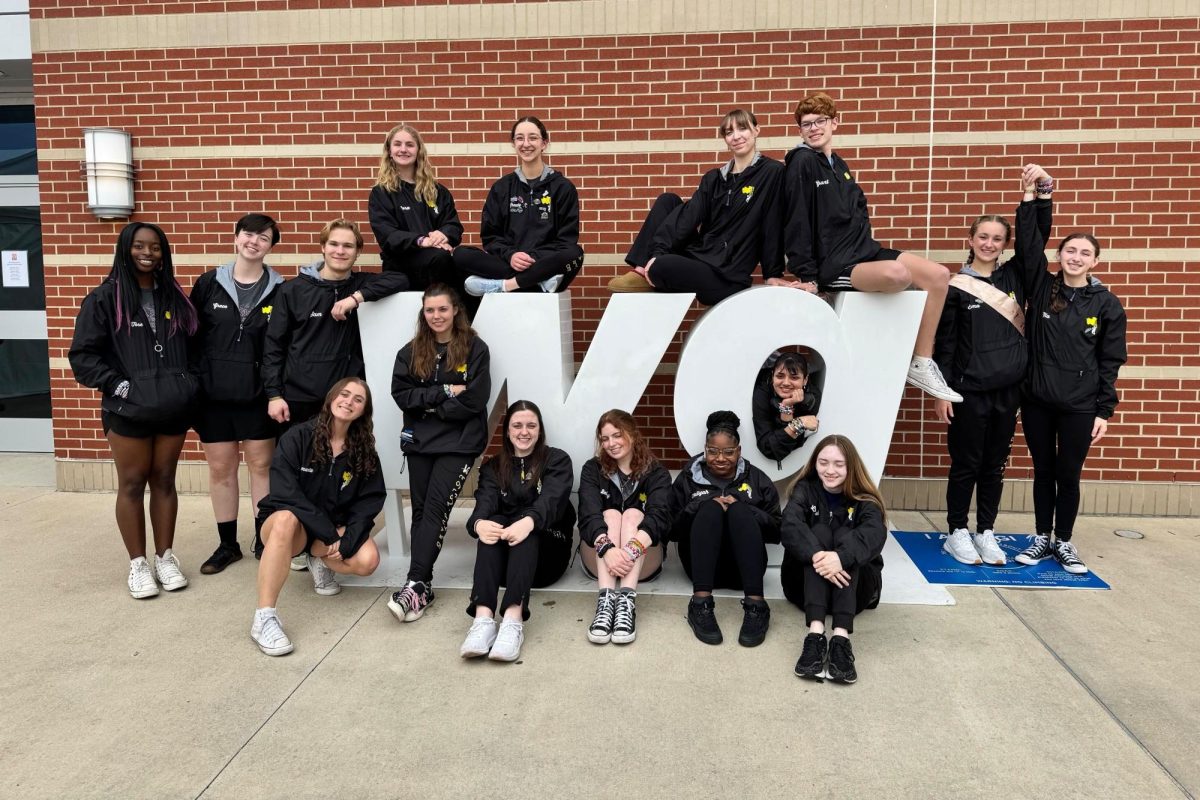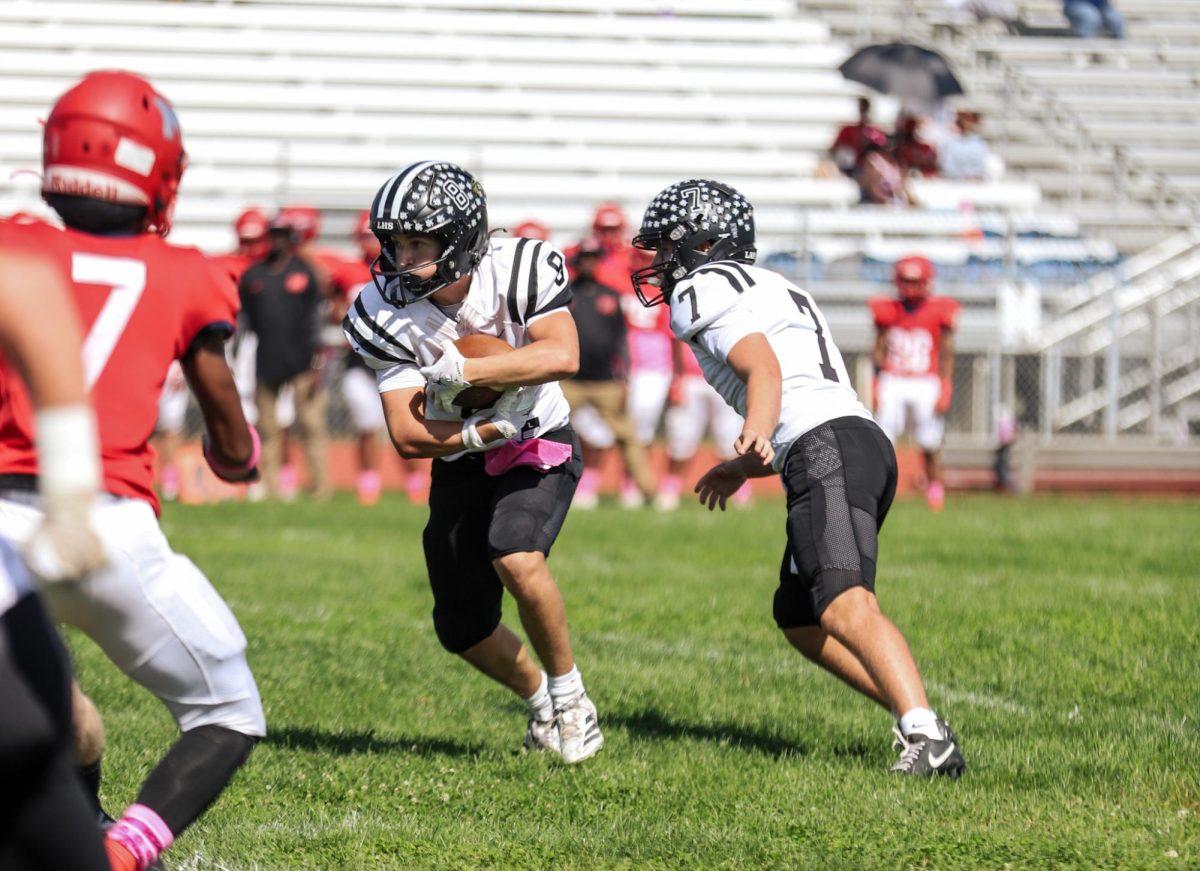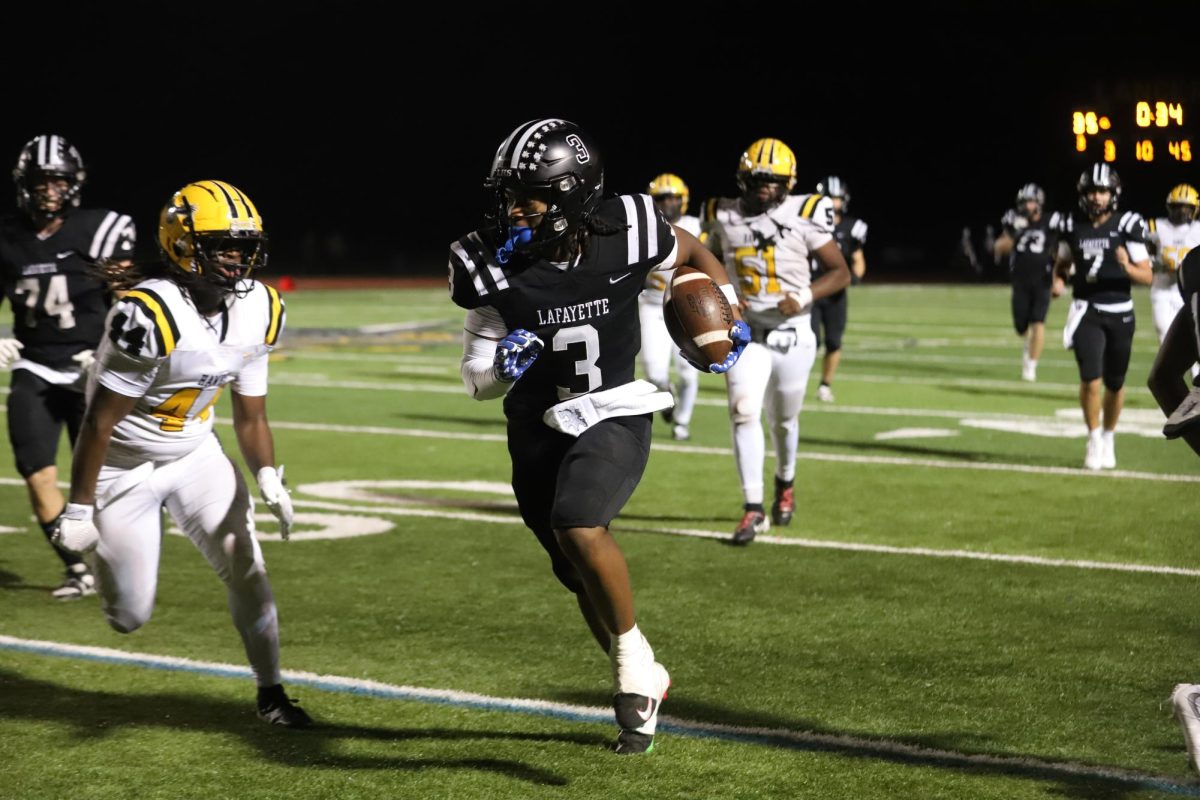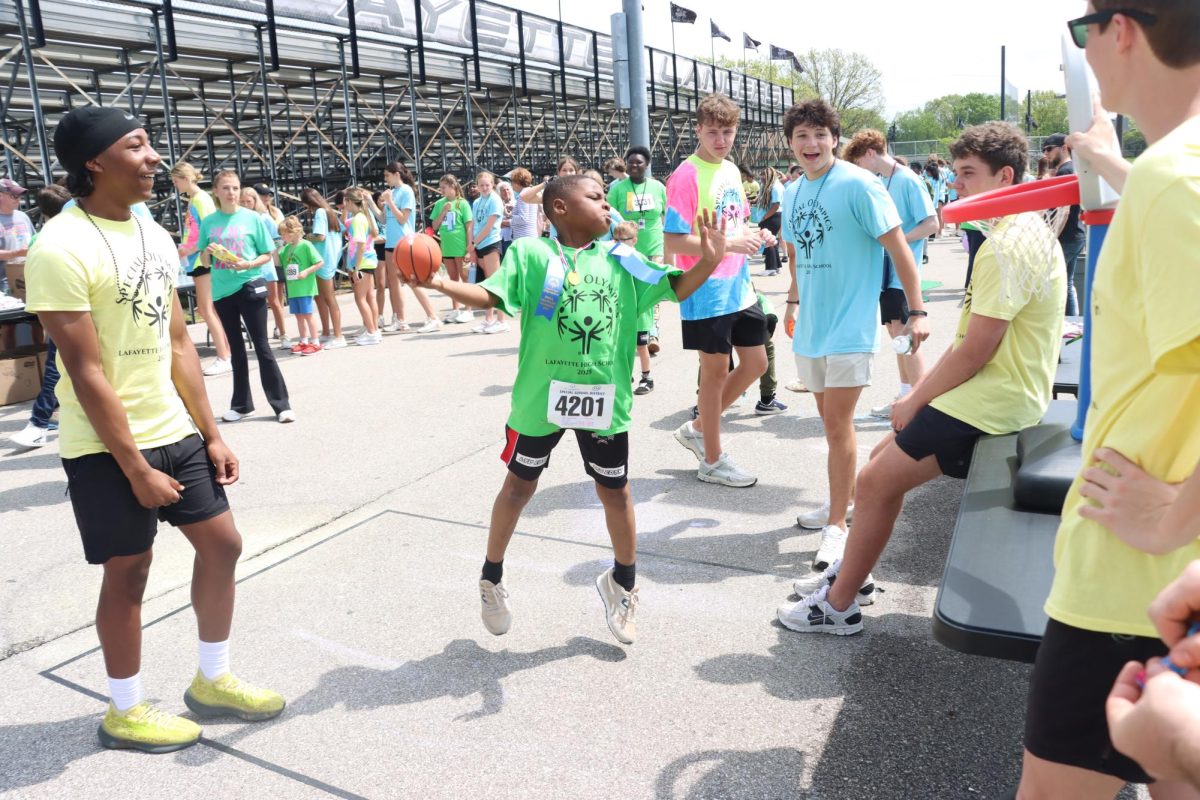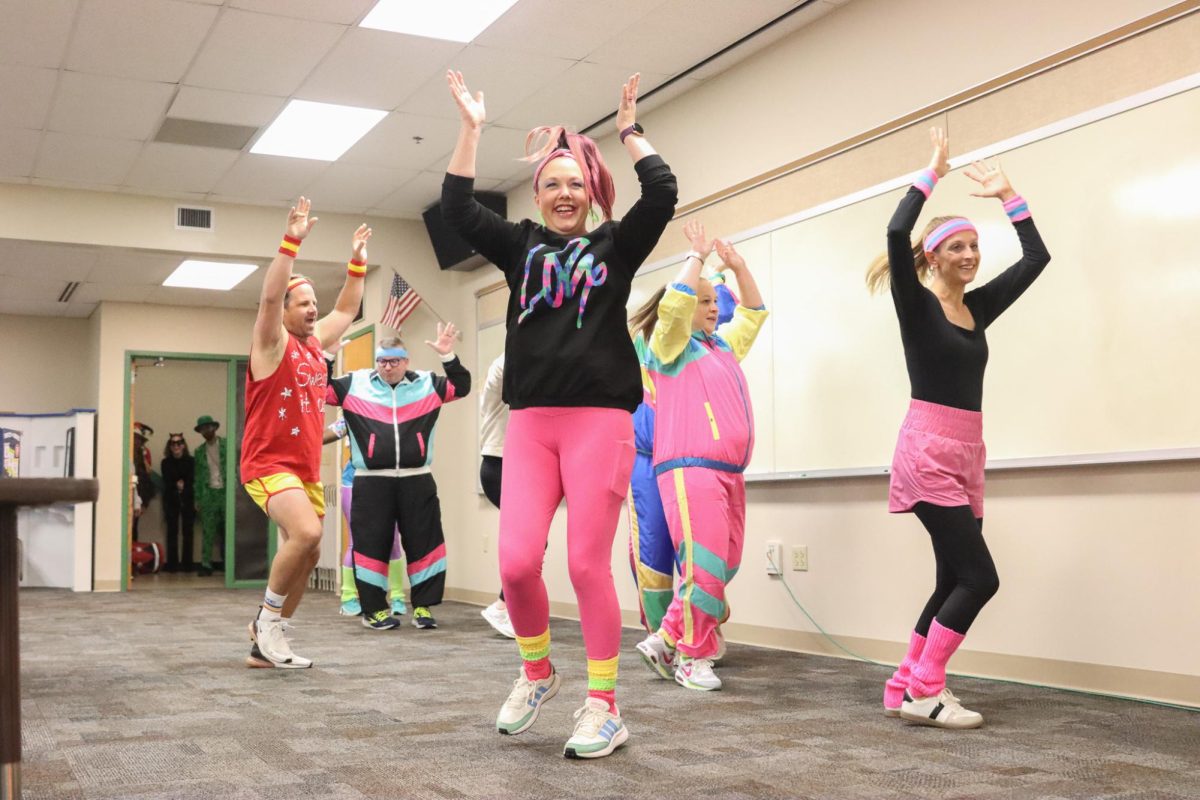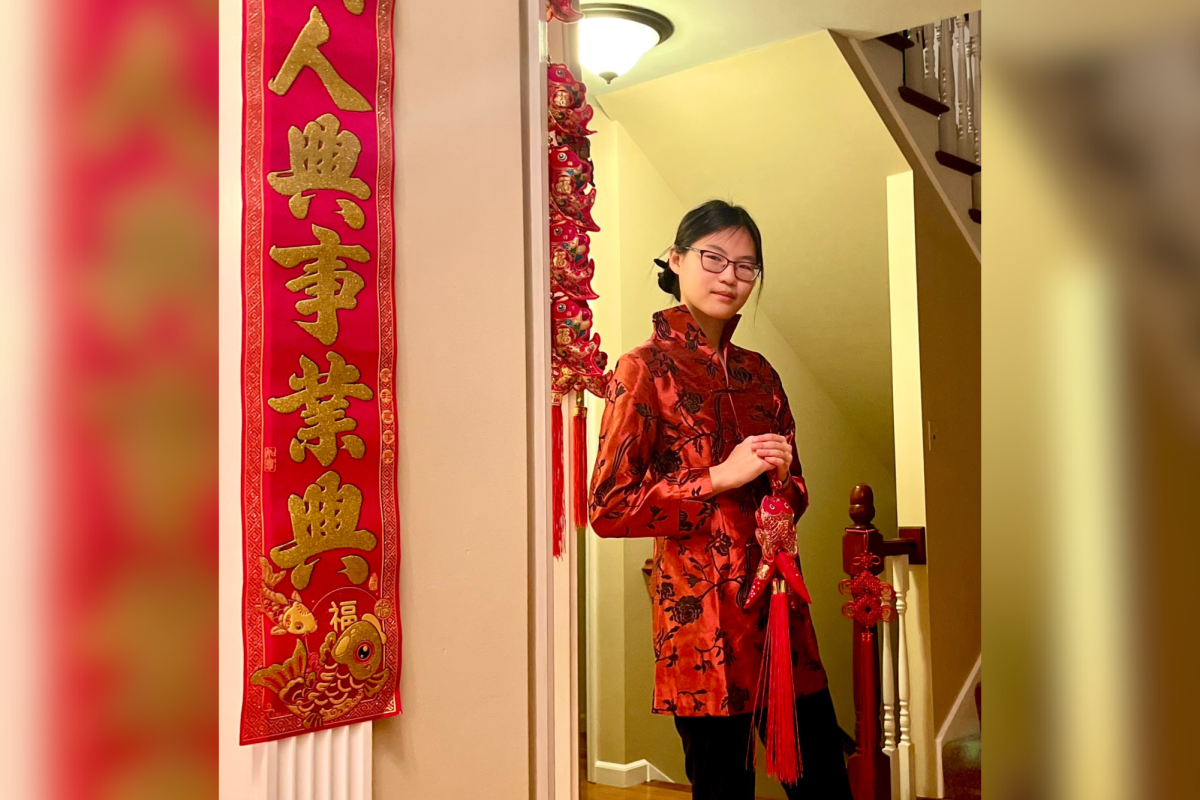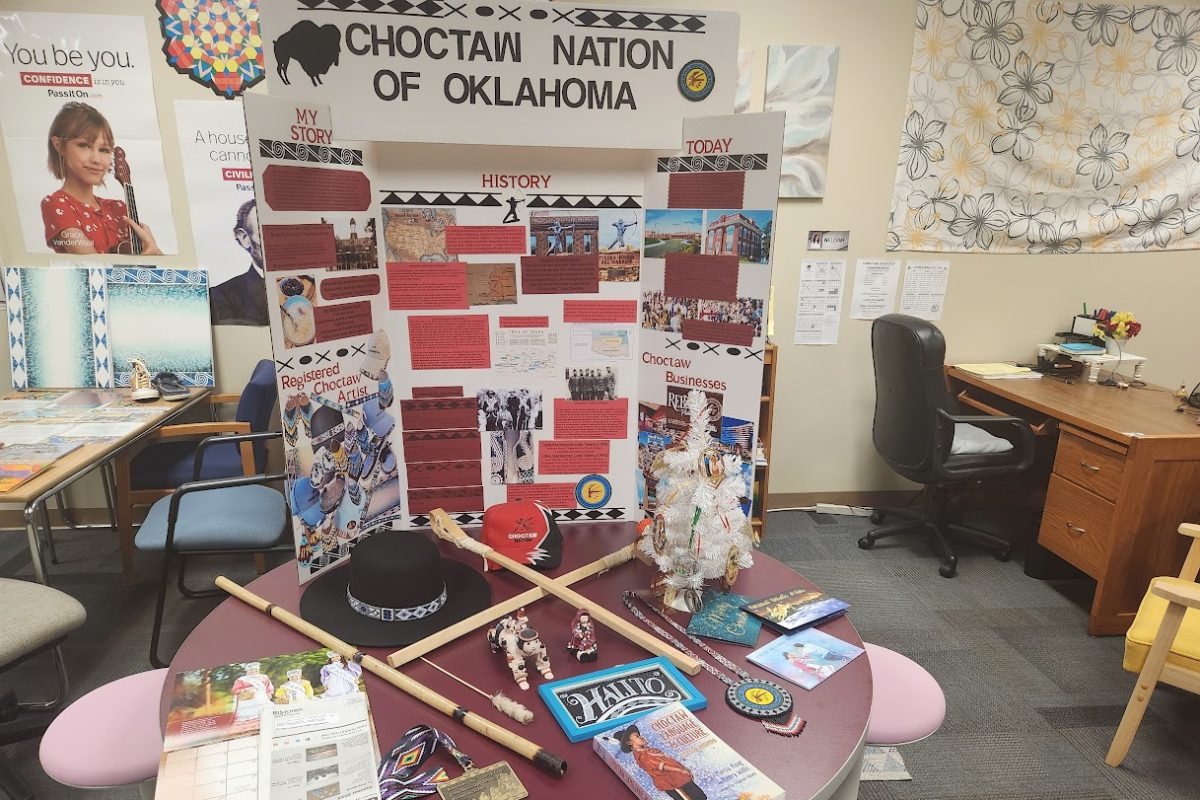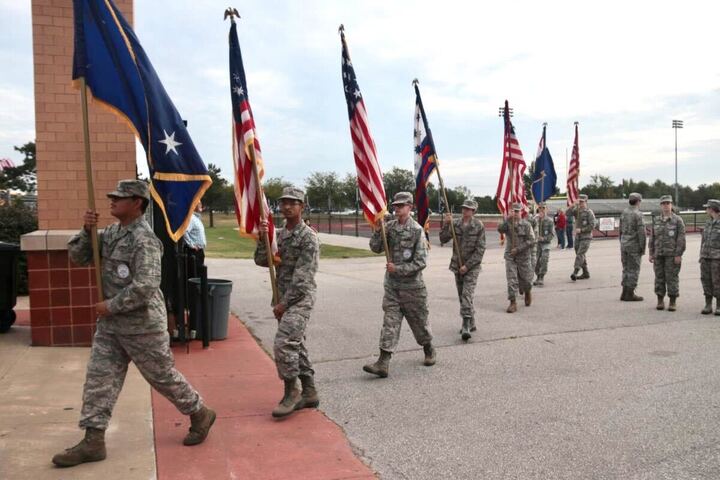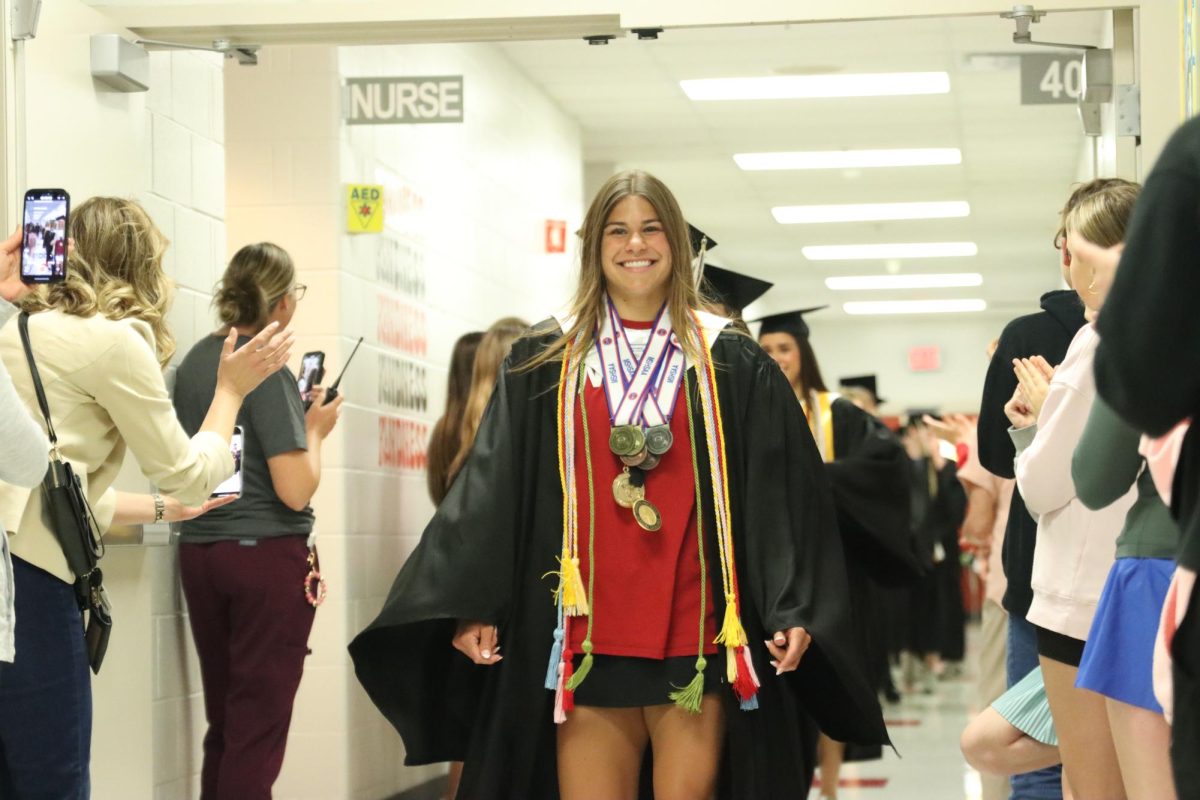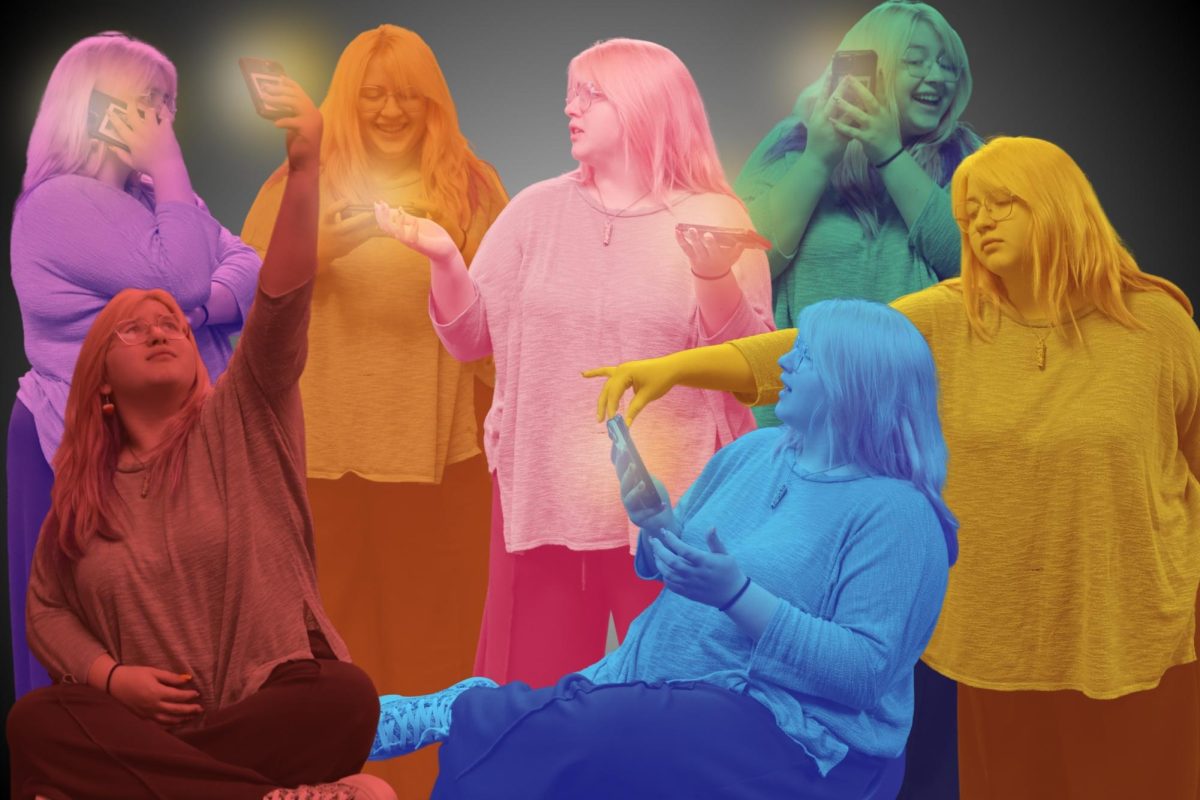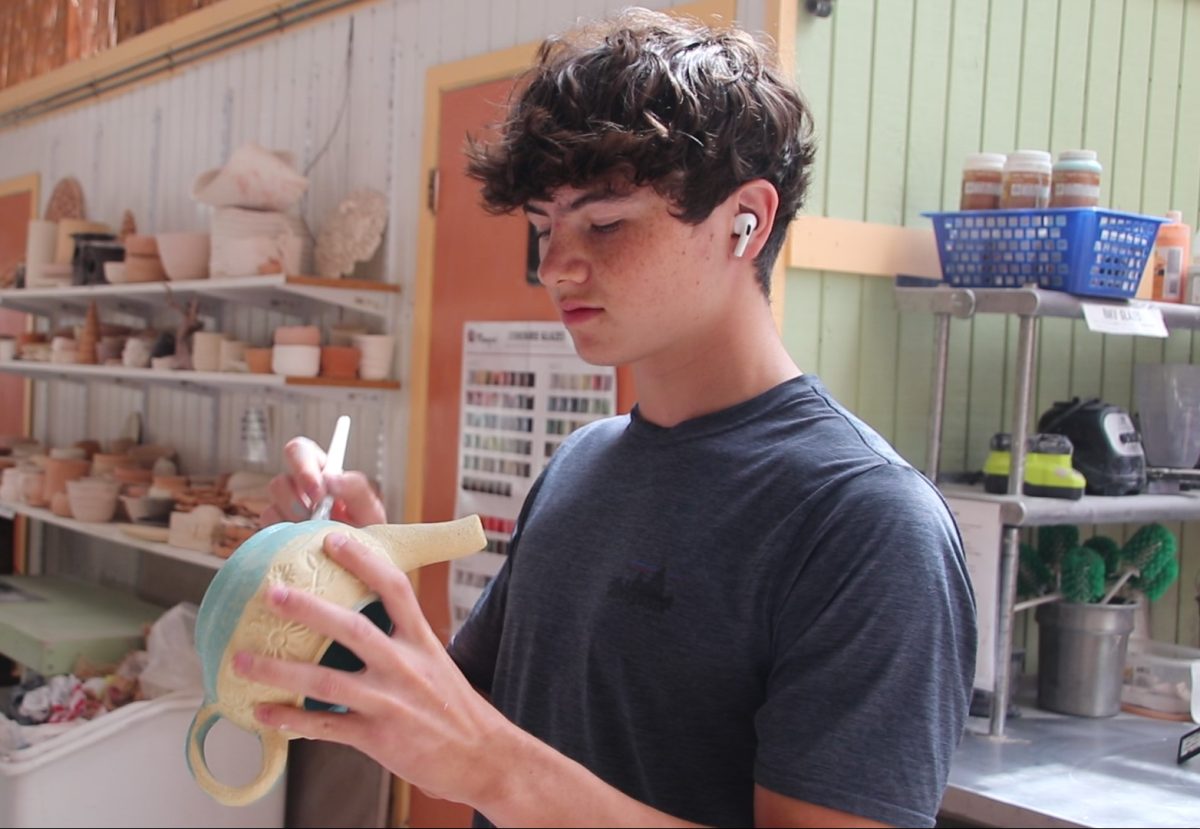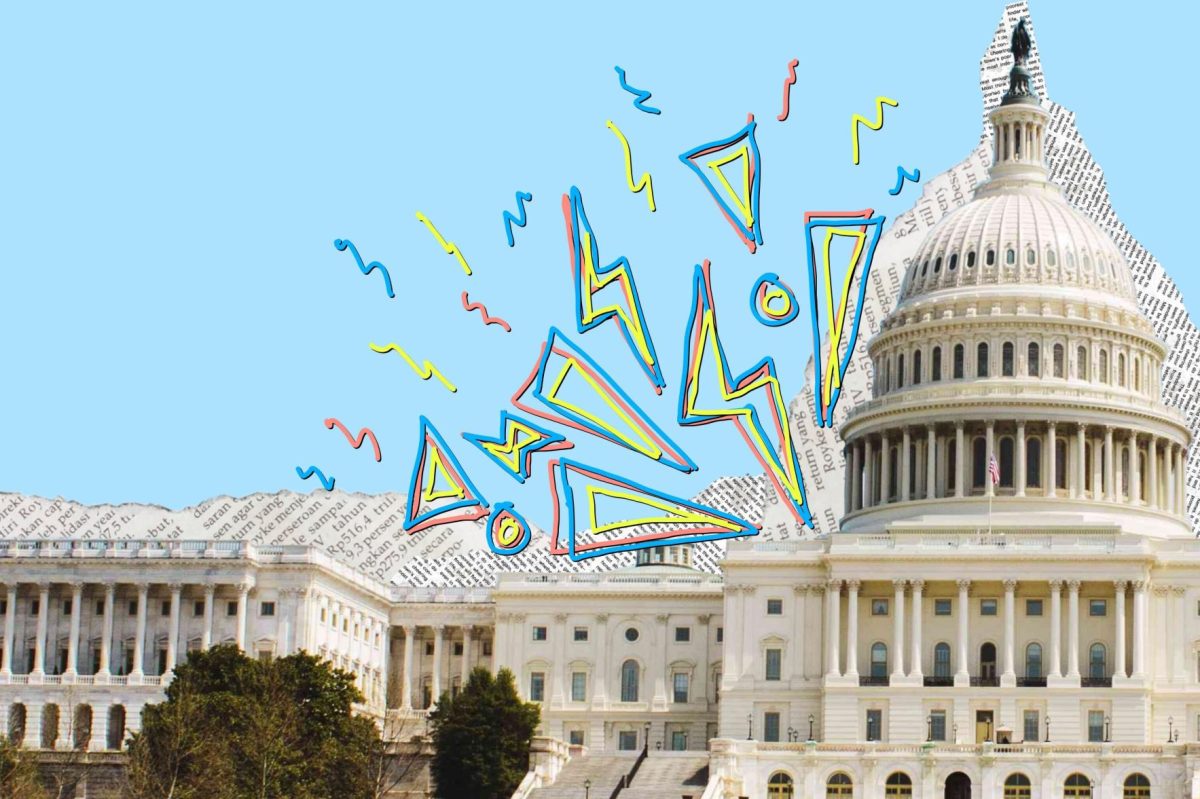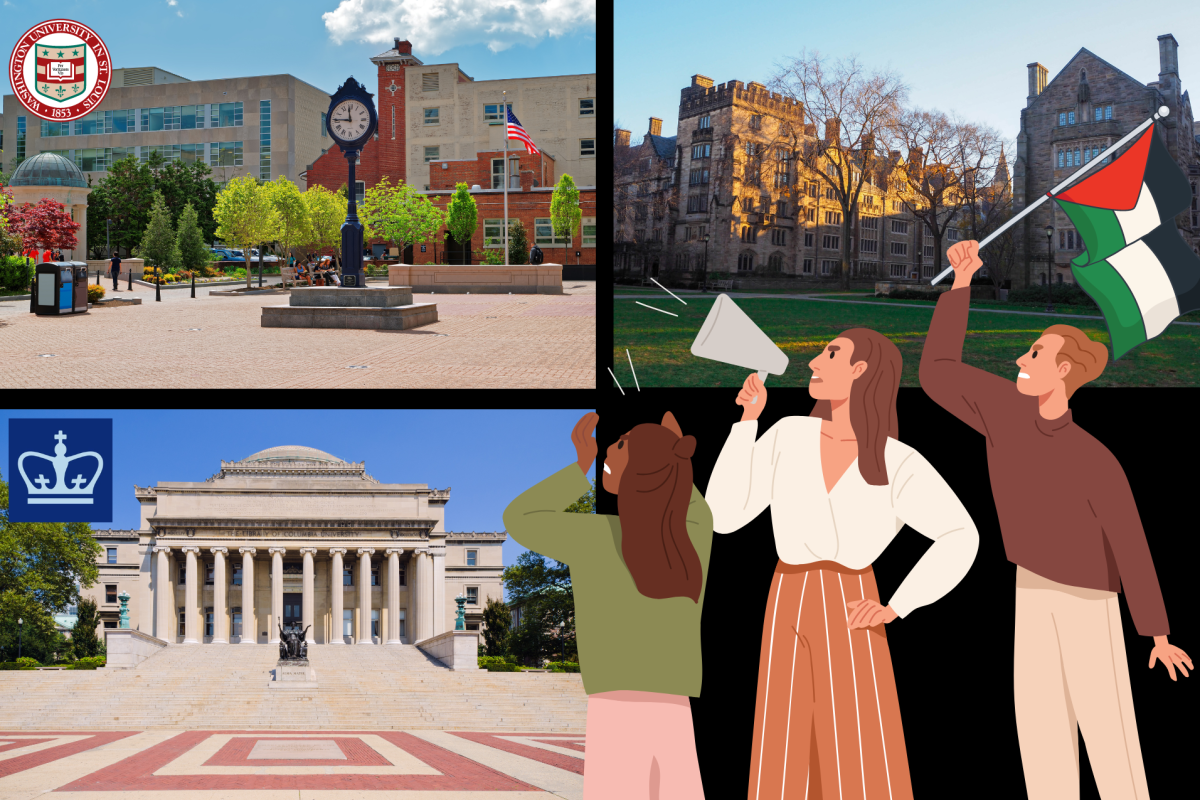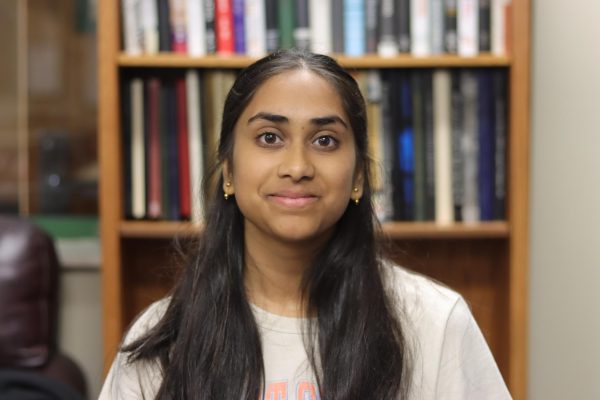At approximately 10:03 a.m. on Sept. 11, 2001, after being hijacked by terrorists, American Airlines Flight 93 first hit the Twin Towers in New York City.
On that day, 22 years ago, language arts teacher Amy White was a sophomore at Lafayette.
“I remember I was in chemistry, in Mr. Marx’s class and then the day just felt weird after that. Nobody really knew what was going on,” White said, “Everybody had questions, people were getting called out of school and practice was canceled that day.”
As a former Escadrille member, White recalls learning a patriotic routine last minute for the football game that week.
“I went home and watched the TV footage with my dad and then we scrambled because there was a patriotic routine to put together in 3-4 days,” White said.
For White, her experience of 9/11 was primarily surreal.
“Being here at Lafayette, we were like a very tight-knit community and I had friends whose parents were working in New York or their dad was flying that day. Nothing like this had ever happened before and there was a lot of unknown,” White said.
White said seeing people rally around individuals who were dealing with the stress of that day firsthand, was sad but encouraging.
“It was inspiring that everybody was coming together and trying to lift those people up,” she said.
Although White was at Lafayette on that day, social studies teacher Steve Klawiter was traveling to Jefferson City for an education conference with a team of teachers, including librarian Nicole Ballard-Long.
“We heard about the tragedy on the radio as we approached Jefferson City. At first, the presenters tried to continue with the conference, but when we went to lunch and could see the news on the TV in the restaurant, we pretty much stayed there watching in shock and silence,” Klawiter said.
When Klawiter met with his students the next day, most were in tears while they spent time watching the news during class to watch the history unfold.
“The images on the news from the terrorist attacks haunt me to this day,” Klawiter said.
While the AP World History and AP US History teacher typically covers terrorism towards the end of his courses, Klawiter has a specific method of teaching his students about 9/11.
“I prefer to teach 9/11 through the short documentary called the ‘Man in the Red Bandana’, which is about a man named Welles Crowther, who stepped up and saved people that day but lost his life in the process. It’s a deeply moving microhistory that shines a light on some humanity in the midst of widespread devastation,” he said.
Because 9/11 was such an impactful yet tragic moment in American history, Klawiter says that it’s best to avoid conspiracy theories when discussing 9/11.
“Learn about 9/11 from historians, intelligence experts and military analysts while avoiding the conspiracy theories about it that sometimes circulate on the internet,” Klawiter said.
This morning, to honor those who lost their lives on 9/11, the Patriot Day ceremony was held in the Stadium, Vox Solus sang and Air Force Junior Reserved Officer Training Corps students performed a routine, raising the flag.
Freshman Cole Kirberg, a student in AFJROTC, was a part of the ceremony.
“I felt like I was really doing my part really helping out and showing respect to all who died on 9/11,” he said.
World language teacher Nicole Hauser, who attended the ceremony, said it’s important to recognize people who lost lives and people who served to protect lives.
“It’s a somber but, in some ways, an uplifting ceremony,” Hauser said, “It was such a pivotal event and it’s important to recognize the significance of what happened on that day. I remember right afterward how unified everybody was; everybody looked out for everybody.”

